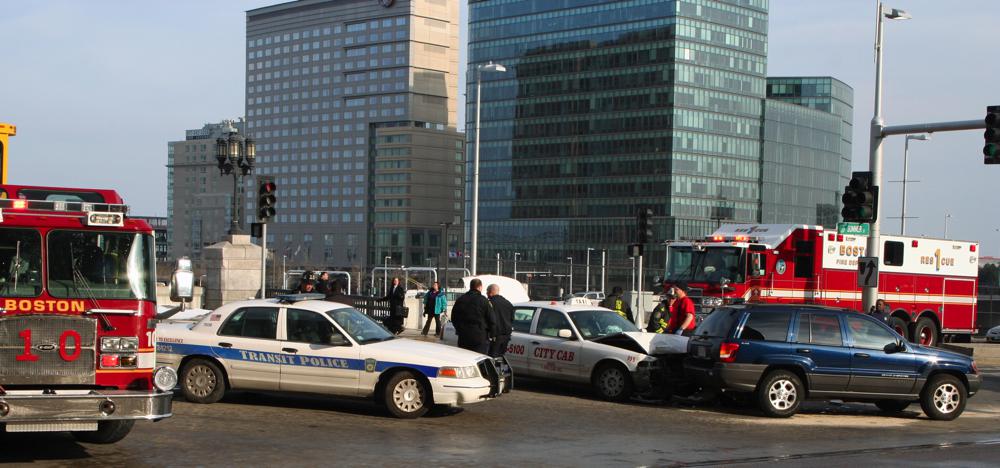Location Methods
Crash location can be documented using five primary methods: Intersection, Off-Intersection, Address, Mile Marker or Exit. Additionally, landmarks may be used to supplement the primary methods.
When completing the location section, choose the method that will best represent the crash location. Please keep in mind that these crashes are automatically geolocated, and while diagram/narrative/landmark information is useful for other applications, they are not used in automation.
It is essential to submit proper crash locations, as MassDOT (and many other organizations) use this information to develop projects and programs for improving safety in the Commonwealth. In order to do this, each officer should try to pinpoint this location.






